Shard Place: Luxury Living in London with an Outdoor Pool
Since its grand opening in 2012, the Shard has transformed London’s skyline, marked by a spectacular light show that illuminated the city with 15 vibrant lasers.
Two years later, the structure conceived as Europe’s tallest building welcomed a new addition, colloquially known at the time as the Baby Shard.
This subsequent structure has since been renamed the News Building, housing major publishers like HarperCollins, The Wall Street Journal, and The Sun.
After a decade of silence regarding further development, Shard Place—the long-anticipated final component of the Shard Quarter—is now completed, with the inaugural tenant expected to take residence this June.
The 27-story glass edifice will feature high-end rental apartments, coupled with three levels of premium amenities, including London’s highest outdoor swimming pool.
On an unusually warm April day, The Times gets a preview of this heated pool’s refreshing ambiance. The Shard casts its imposing shadow over the deep end, while commuters seek refuge in the shade of London Bridge station below.
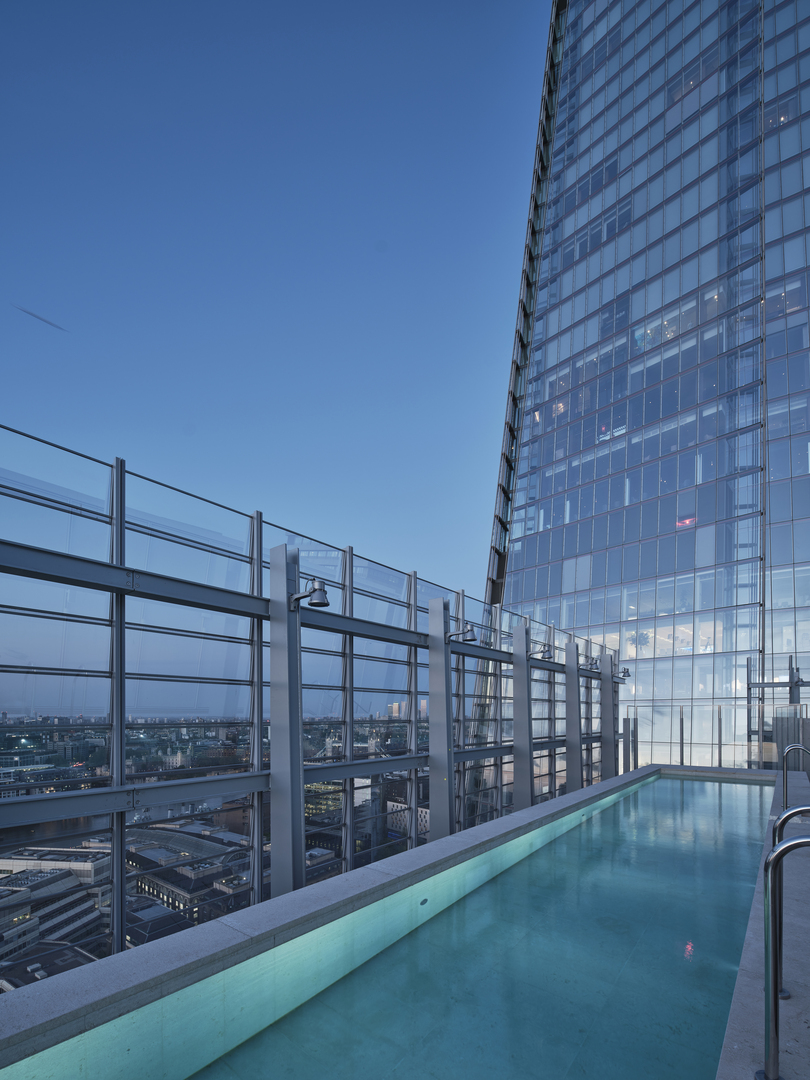
At poolside, yellow-and-white striped loungers await, accompanied by music from overhead speakers. Once half of the building is leased, George Hankinson, head of residential at REM, which oversees the Shard Quarter, mentions plans for tenant engagement through rooftop events like yoga classes.
The vision for high-rise living was integral to the initial designs for the Shard, with architect Renzo Piano and developer Irvine Sellar promoting the concept of a “vertical city.”
High-profile companies such as Kraft Heinz and Al Jazeera currently occupy office spaces in the Shard, contributing to vibrant tourism with robust occupancy at the five-star Shangri-La hotel and within the building’s dining and nightlife venues.
However, residential units have struggled to gain traction. The Shard’s upper floors include ten vacant apartments, previously listed at prices ranging from £30 million to £50 million.
While designed with a “back stairs” service lift for meal deliveries and maintenance, the apartments have yet to be recorded as sold on the Land Registry.
“They are in the process of being occupied,” Hankinson stated, hesitantly revealing that these properties are owned but unoccupied.
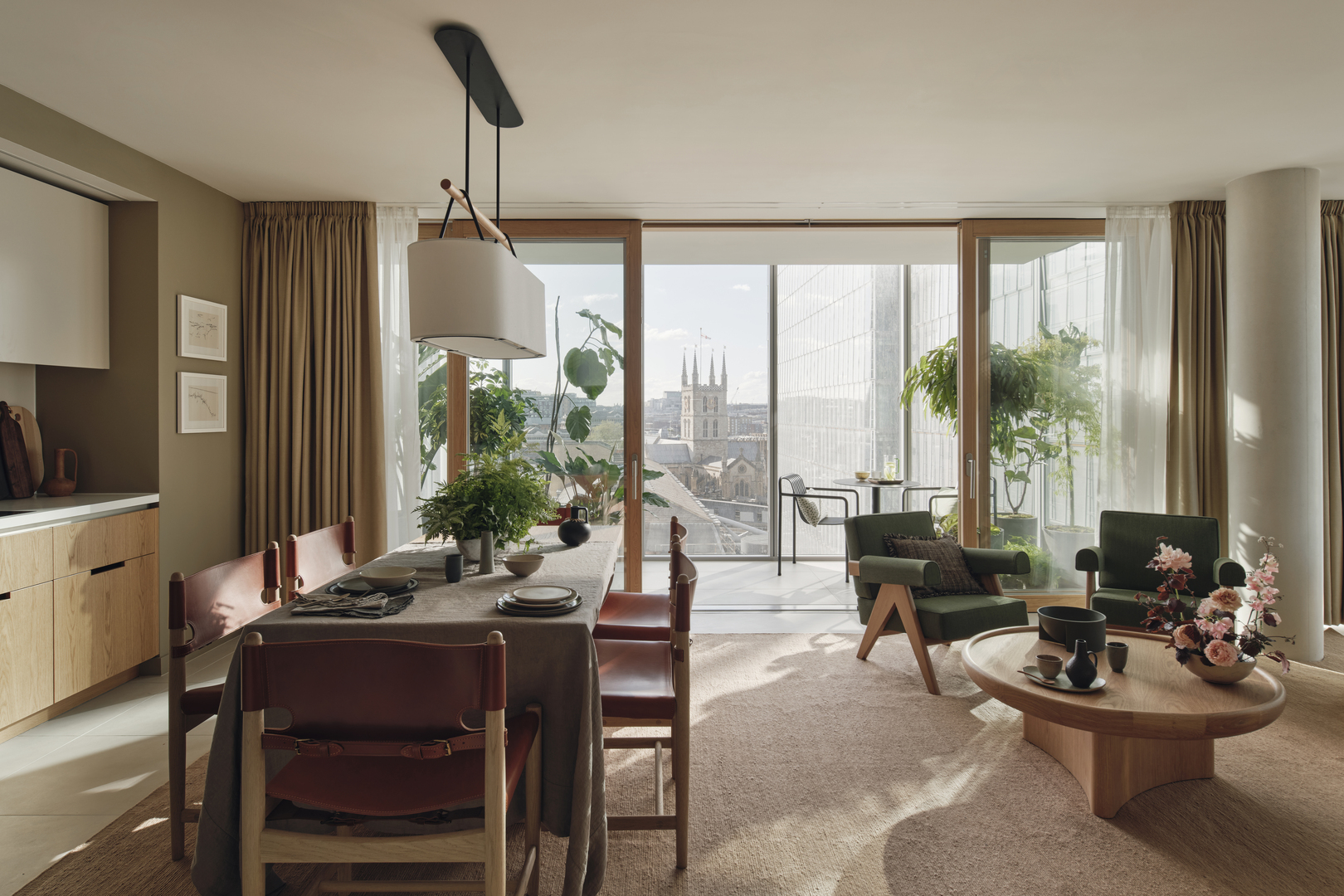
Following the 2008 financial crisis, Qatari Diar—part of Qatar’s sovereign wealth fund—acquired 80 percent of the tower after initial financiers withdrew. Speculation suggests the Qatari royal family may retain ownership of some apartments; however, officials from Qatari Diar remain tight-lipped on the subject.
Currently, Shard Place stands as the sole opportunity for residents to claim a prestigious Shard address. Hankinson explains the strategy to rent all 176 apartments rather than sell, citing a desire to maintain assets. “We always wanted to keep it in our portfolio and manage it, rather than selling them off.”
Across the UK, a growing number of “build-to-rent” projects are emerging, where a single entity manages the building; notable retailers such as John Lewis and Westfield are also developing rental options. Predominantly targeting affluent young professionals, these projects align with current trends.
Shard Place experienced delays and cost overruns, ultimately exceeding its budget by at least £91 million, as documented in financial records from St Thomas Street Development, which operates under the Qatar Central Bank.
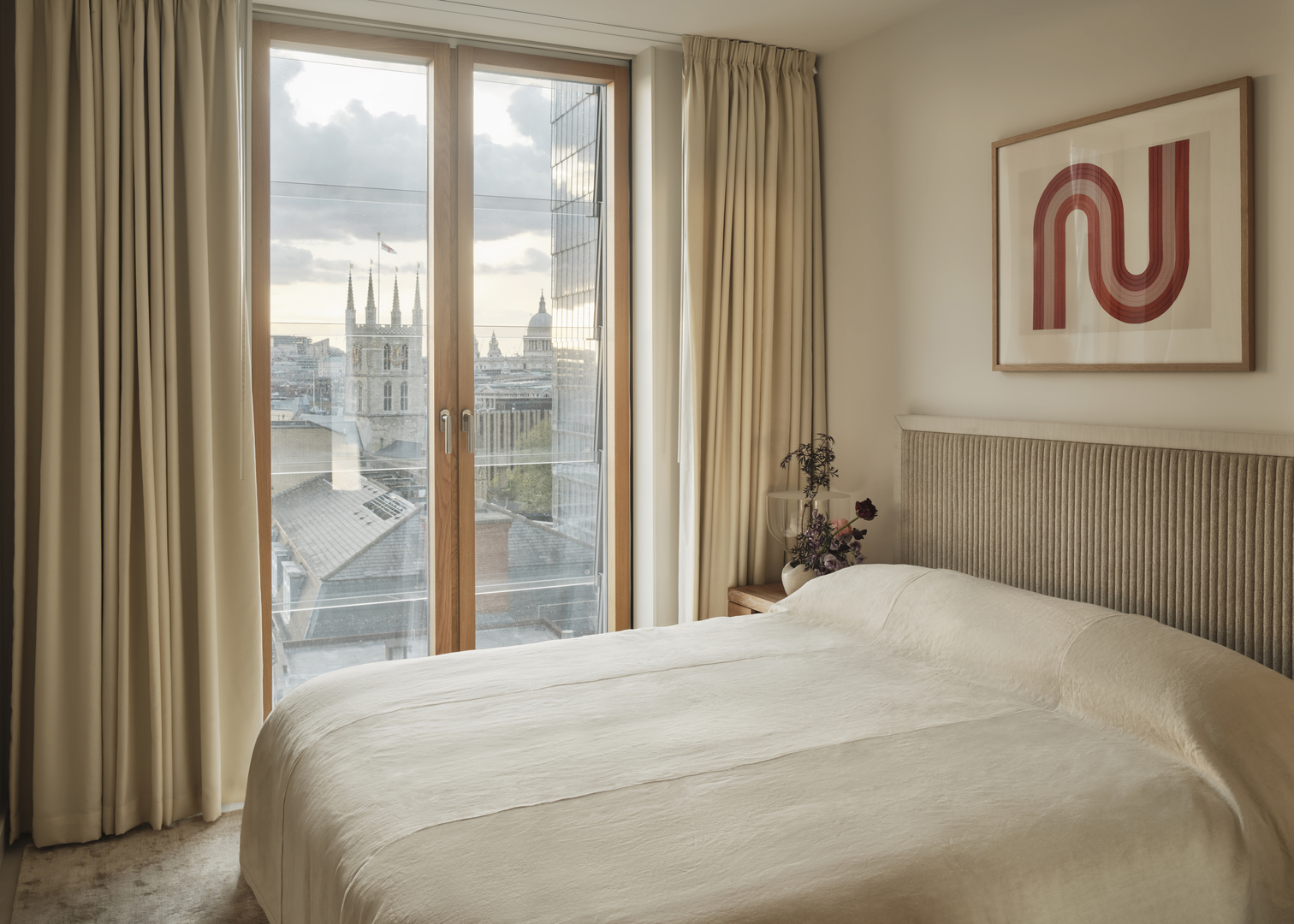
Significant expenses include approximately £25 million for replacing a standby generator that proved inadequate for the fire safety system, along with a £7 million repair bill following damage from a component leak affecting 24 apartments. Additionally, increased costs for materials stem from global supply chain challenges.
“Such issues are not unique to us. While the leak was a setback, it’s an unfortunate occurrence,” Hankinson explained.
Visually, Shard Place appears to float 16 meters above ground. Inside, a striking sound wave visual installation reflects the city’s dynamic rhythm, curving along the ceiling in the lengthy foyer adjacent to the postboxes. Over 1,000 curated artworks from more than 30 artists adorn the apartments and shared spaces.
Each unit features neutral, calming decor focusing on natural materials, and the core of the building is encased in Portland stone, showcasing fossil imprints. “These are real crustaceans,” Hankinson proudly noted. “All elements contribute to the building’s natural theme.”
Some apartments boast enclosed balconies that resemble glass bubbles overlooking the city, offering breathtaking views of the Thames.
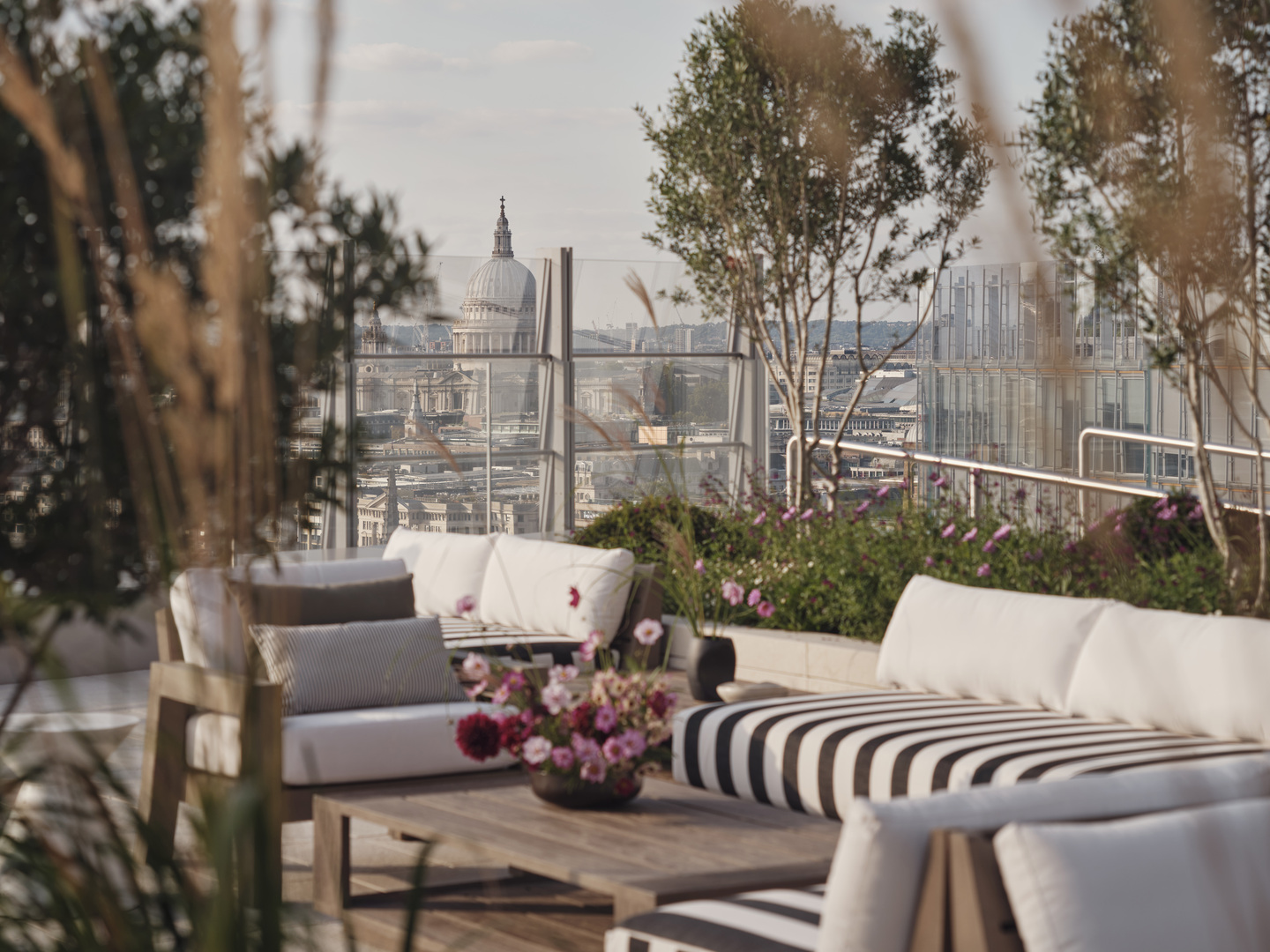
The units available range from studios to three-bedroom apartments and span 425 to 1,486 square feet, all fully furnished. Tenants can opt to purchase linens and kitchenware from ProCook before settling in.
Hankinson anticipates that many renters will come from abroad, often arriving with minimal belongings and uncertain about local shopping options.
Market insights suggest the apartments may attract international students (given King’s College London’s proximity), businesses relocating employees, and affluent digital nomads.
Rental prices start at £3,033 for studios, £3,575 for one-bedroom units, £5,806 for two-bedroom accommodations, and reach £8,125 for three-bedrooms, amounting to about 85 percent higher than local averages, as per the Office for National Statistics.
While utility bills, including broadband, are not included, the apartments offer luxury living in central London near a major railway station, boasting super-king-size beds, desk nooks, and balconies wherever space permits, alongside 24-hour security and an on-site maintenance team.
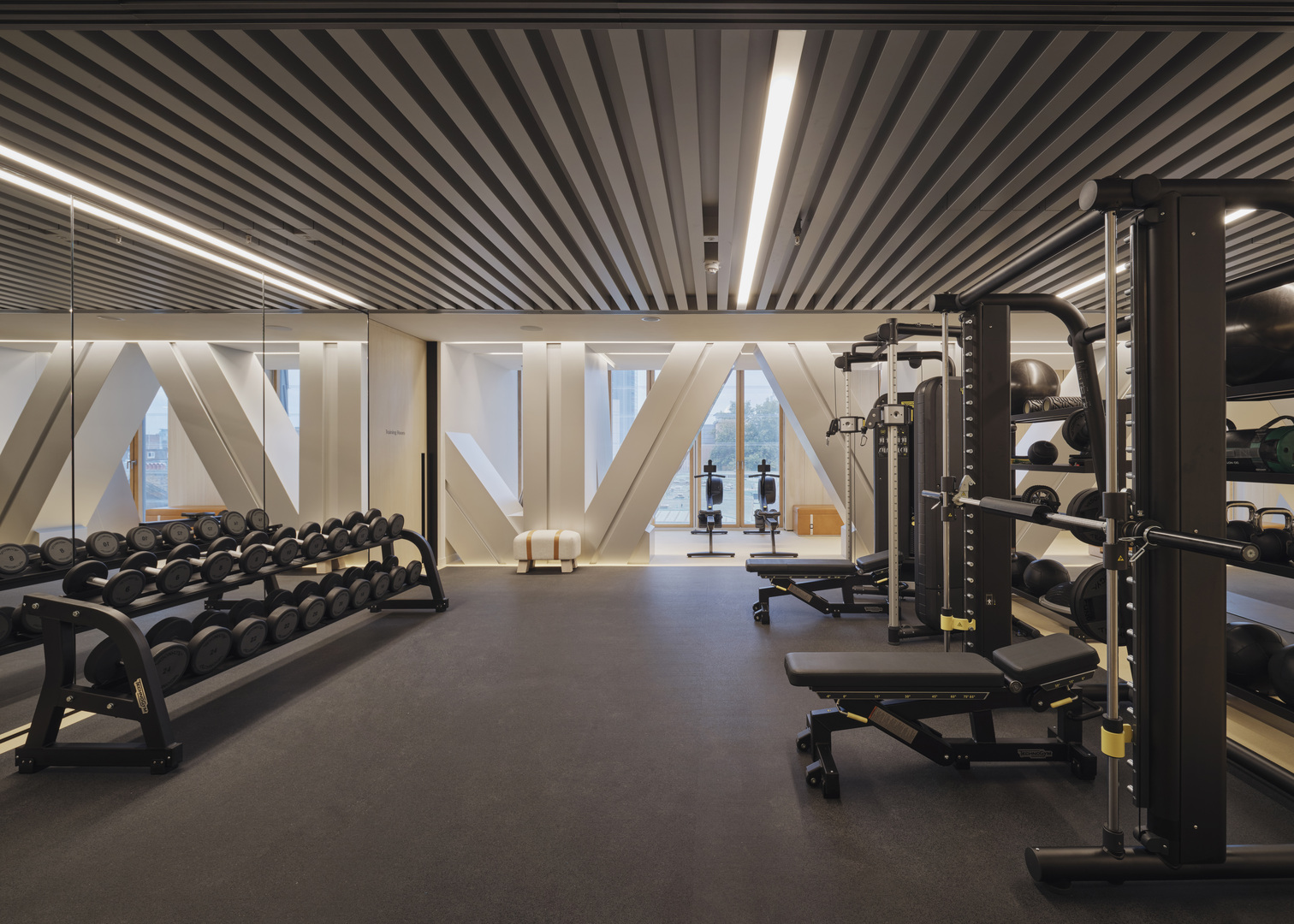
The apartments feature air conditioning, triple-glazed windows, an energy management system, and automated leak detection, ensuring economical bills. A water softener is also installed to counteract London’s hard water for tenant convenience.
Notably, residents will enjoy the option of utilizing and reserving the climate-controlled outdoor pool on the 27th floor. The 16th floor offers sunbathing options with views of St Paul’s Cathedral, a residents’ “orangery,” and a mezzanine library awaiting books. Amenities also include a spa, workout studio, gym (with machines facing King’s College quadrangle), and a dining room that seats 12 with a chef’s kitchen.
“We’re excited to partner with the Shard’s restaurants to host exclusive events for residents and access their services,” Hankinson stated.
The building features various apartment layouts and four distinct design aesthetics curated by the interior design firm State of Craft. Tenants can select from two “Bermondsey” styles: one featuring an airy, fresh look with white decor and the other embracing earthy tones with taupe walls and green textiles. Alternatively, two “Borough” designs highlight contemporary urban oak furniture adorned with aubergine and gold elements or a darker palette with black furnishings and grey-blue accents.
International parents—especially from Asia—often purchase properties for their children studying in the UK as safe investments, though Mat Hobbs, head of investment lettings at Knight Frank, notes that fluctuating exchange rates have dampened these buying interests.
The prevailing global economic climate encourages families to opt for the flexibility of renting, with some retaining properties as a “wealth store” to cover luxury apartment rentals for their offspring. “The security, extensive amenities, and services at Shard Place alleviate many concerns parents may have,” Hobbs added.
However, awareness of the area remains limited; while noteworthy locations like Canary Wharf and the West End are widely recognized, Southwark might require some elaboration. Hankinson acknowledged, “People have heard of the Shard but might not know its specific location. I often inform them that Borough Market is open seven days, dispelling misconceptions about it just being a weekend attraction.”
“Younger generations, however, are generally more willing to explore new environments. We encourage them to discover Bermondsey Street and the various local restaurants, and they invariably appreciate the experience,” he concluded.
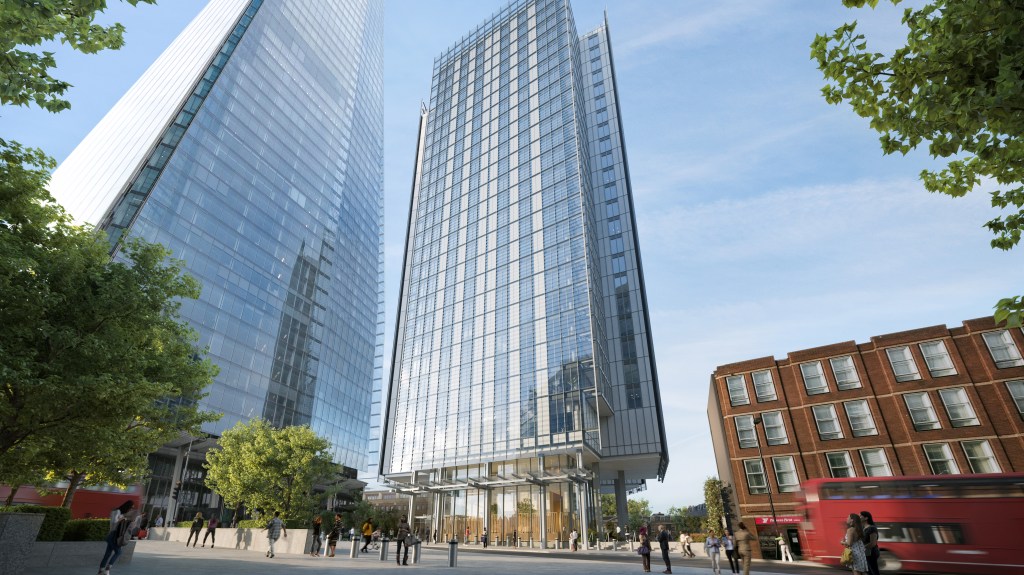

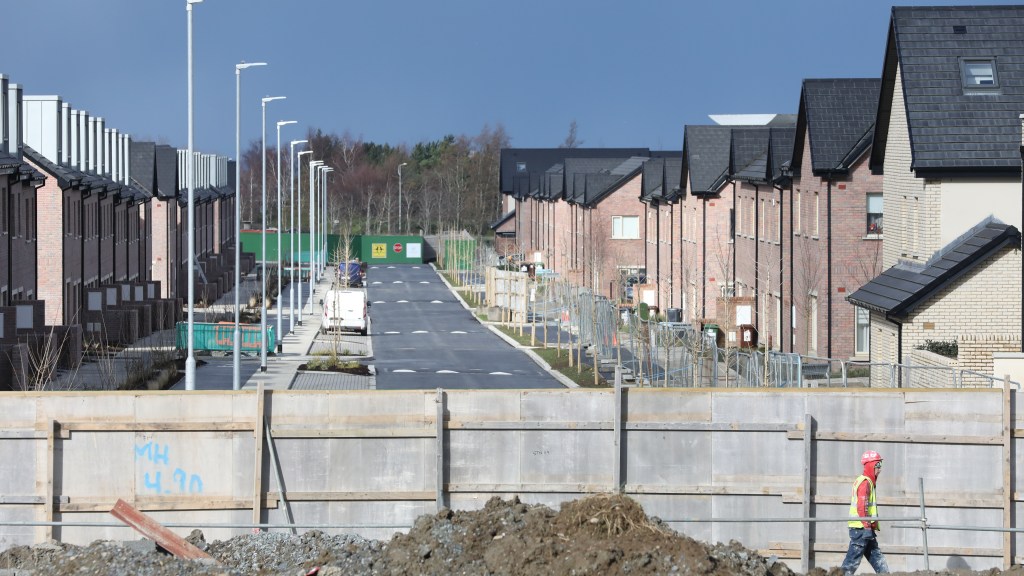
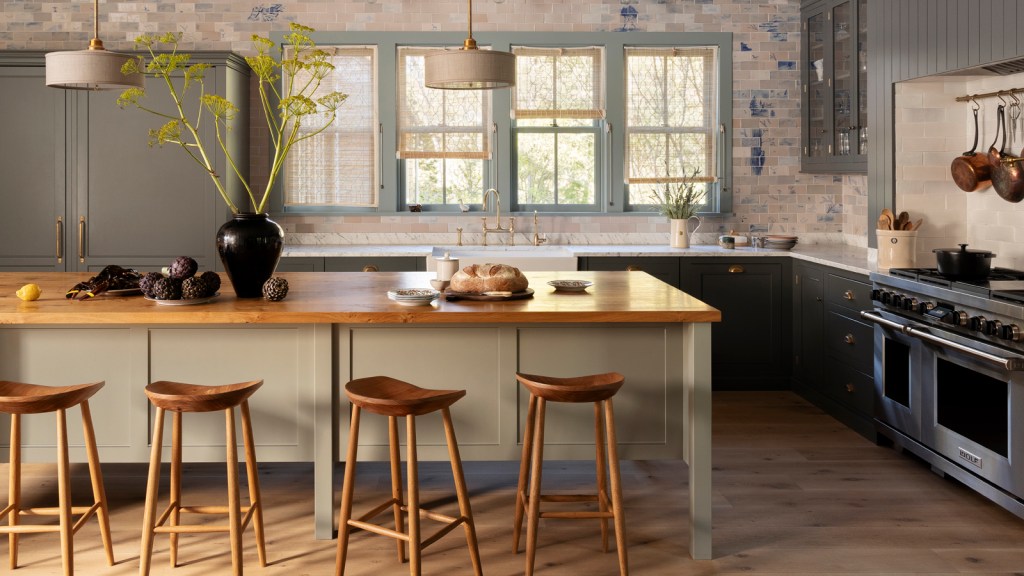
Post Comment